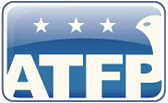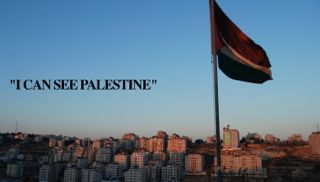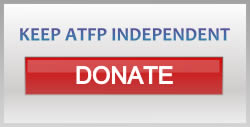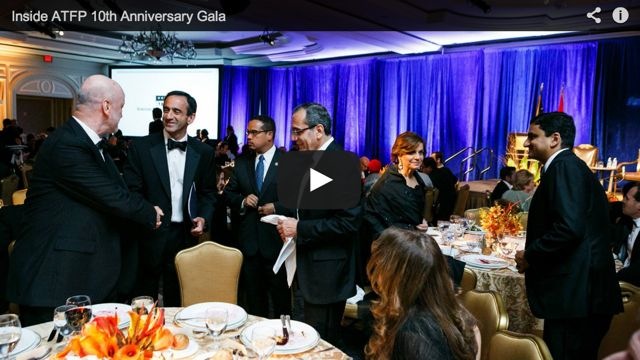Summary
In March 2009, the Obama Administration pledged $900 million in U.S. assistance to the
Palestinians to address both post-conflict humanitarian needs in the Gaza Strip and reform,
security, and development priorities in the West Bank. Most of the pledged amount remains
subject to congressional appropriation. In April 2009, the Obama Administration issued an
FY2009 supplemental budget request that included $815 million in proposed appropriations—
$665 million in bilateral assistance and $150 million in contributions to international
organizations from the Migration and Refugee Assistance account—to benefit the Palestinians.
The request also proposed a provision that some might say could apply different conditions than
those applied by previous FY2008 and FY2009 appropriations legislation to possible U.S.
assistance to a Palestinian power-sharing government that includes Hamas.
Since the signing of the Oslo Accord in 1993 and the establishment of limited Palestinian selfrule
in the West Bank and Gaza Strip in 1994, the U.S. government has committed more than $2
billion in bilateral economic assistance to the Palestinians. In the last half of the 1990s, U.S.
foreign aid to the Palestinians averaged approximately $75 million per year. That average has
increased during this decade, but the outbreak and continuation of the second Palestinian intifada
(or “uprising”) and Hamas’s heightened role in Palestinian politics have made it more difficult to
implement effective and lasting aid projects that also serve U.S. interests.
U.S. aid to the Palestinians has fluctuated considerably over the past three years, largely due to
Hamas’s changing role within the Palestinian Authority (PA). After Hamas led the PA government
for over a year, its forcible takeover of the Gaza Strip in June 2007 led to the creation of a non-
Hamas government in the West Bank—resulting in different models of governance for the two
Palestinian territories. Since then, the U.S. has dramatically boosted aid levels to bolster the PA in
the West Bank and President Mahmoud Abbas vis-à-vis Hamas.
Because of congressional concerns that, among other things, U.S. funds might be diverted to
Palestinian terrorist groups, much of this aid is subject to a host of vetting and oversight
requirements and legislative restrictions. For FY2009, $275 million in bilateral assistance—which
includes projects funded through the U.S. Agency for International Development; direct
budgetary assistance to the PA; and training, non-lethal equipment, and facilities for PA civil
security forces—have already been appropriated for the Palestinians, and the State Department
has already contributed $98.5 million to the U.N. Relief and Works Agency for Palestine
Refugees in the Near East (UNRWA). Some of these funds have gone toward emergency
humanitarian needs in Gaza created by the 2008-2009 Israel-Hamas conflict.
Experts advise that PA stability appears to hinge on improved security, economic development,
Israeli cooperation, and the continuation of high levels of foreign assistance. The possibility of a
consensus or unity government to address the problem of divided rule among Palestinians could
lead to a full or partial U.S. aid cutoff if Hamas is included in the government and does not
change its stance toward Israel. Even if the immediate objectives of U.S. assistance programs for
the Palestinians are met, lack of progress toward a politically legitimate and peaceful two-state
solution could undermine the utility of U.S. aid in helping the Palestinians become more
cohesive, stable, and self-reliant over the long term.
| Attachment | Size |
|---|---|
| Click to download the full report | 273 KB |
Congressional Research Service for Congress - April 29, 2009 - Back to Resources Page
Did we miss something?
Click here to suggest a state building resource to be added to our fast-growing archive!
















